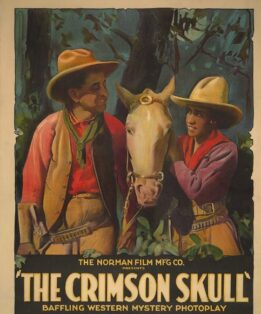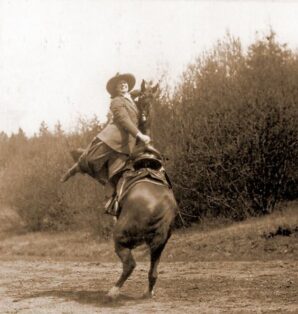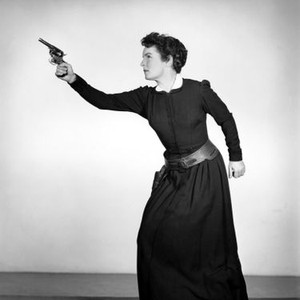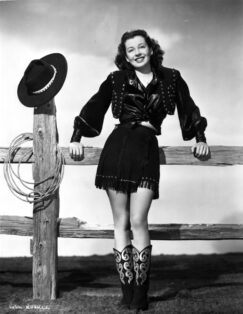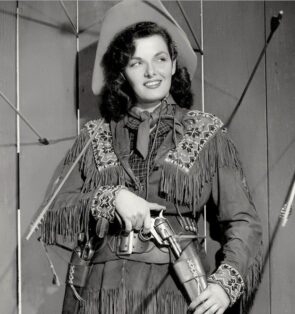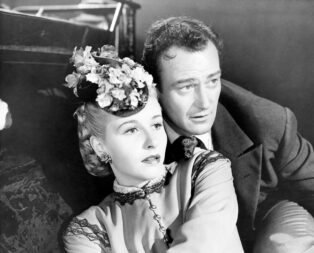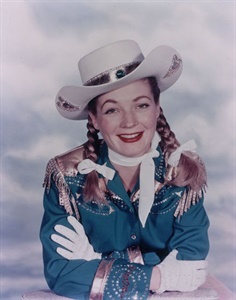Enter now to win a copy of
Cowboys, Creatures and Classics: The Story of Republic Pictures
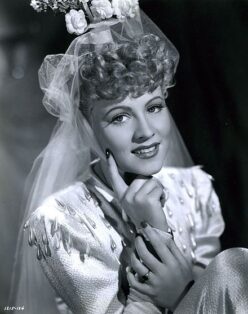
In many of the films actress Anne Jeffreys made for Republic Pictures she played a damsel in perilous situations. Neither the studio nor the performer could imagine how much those movies would affect the lives of young ticket buyers. A letter from a fan written to the motion picture studio in the summer of 1945 expressed what many males were thinking about the talented Ms. Jeffreys.
“The first time I saw her [Anne Jeffreys] in a movie her lovely image was secured permanently,” the admirer wrote. “She was not only staggeringly beautiful, but kind and warm, and understanding. If she only knew how many times I’ve swept her off a teetering bridge just before it collapsed; how many hoodlums I flattened with my powerful fists as they tried to force you, kicking and screaming, into their black limousine or into a stagecoach, for God knows what evil purpose; how many times, as you cradled my head in your arms (after I just saved your life AGAIN) and tearfully asked ‘Are you all right?’ I’ve replied: ‘It’s nothing, just a bullet wound in the chest.’
Born Anne Carmichael on January 26, 1926, in Goldsboro, North Carolina, Anne was one of Republic Pictures most versatile leading ladies. She played everything from a mobster’s girlfriend to a singing cowgirl.
Anne Jeffreys began appearing in motion pictures in 1942. In the beginning she played a number of background characters in such popular Republic Pictures as Moonlight Masquerade and The Flying Tigers. In 1943 Anne finally got her chance to costar in two movies opposite Bill Elliott and Gabby Hayes. The pictures, Calling Wild Bill Elliott and The Man from Thunder River, were westerns. Newspapers across the country reported on the studio’s decision to cast Anne in the film’s main female role.
There were seven pictures in the Bill Elliott series in addition to Calling Wild Bill Elliott and A Man from Thunder River; there was Bordertown Gun Fighters, Wagon Trains West, Death Valley Manhunt, Blazing Action, and Hidden Valley Outlaws. Audiences loved Bill Elliott’s leading lady and referred to her as the Diva of the Hoss Opera. The Bill Elliot series contained enough shooting, fighting, hard riding, and singing to meet the demand of the western fans.
Anne and the other major players in the series made personal appearances at parades, rodeos, and department stores. They also traveled the country helping to sell war bonds during World War II.
Anne’s time with Republic ended when the Elliott series was concluded. She went on to star in several movies for various Hollywood studios, most without her horse. She made the leap to television in the 50s, receiving renewed fame in the program Topper based on the popular film of the same name. Her husband, Robert Sterling, starred with her in the series. Anne guest starred in numerous television shows and performed on stage in theatres from Broadway to London. From 1984 to 2004 she was a regular on General Hospital. Singing cowgirl and spirited heroine of Republic Pictures westerns Anne Jeffreys, died on September 27, 2017, at her home in Los Angeles at the age of ninety-four.
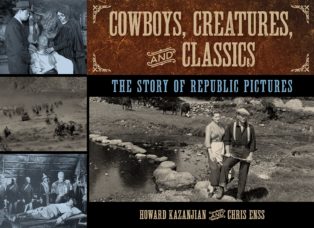
Cowboys, Creatures, and Classics 3
I'm looking forward to hearing from you! Please fill out this form and I will get in touch with you if you are the winner.
Join my email news list to enter the giveaway.
"*" indicates required fields

